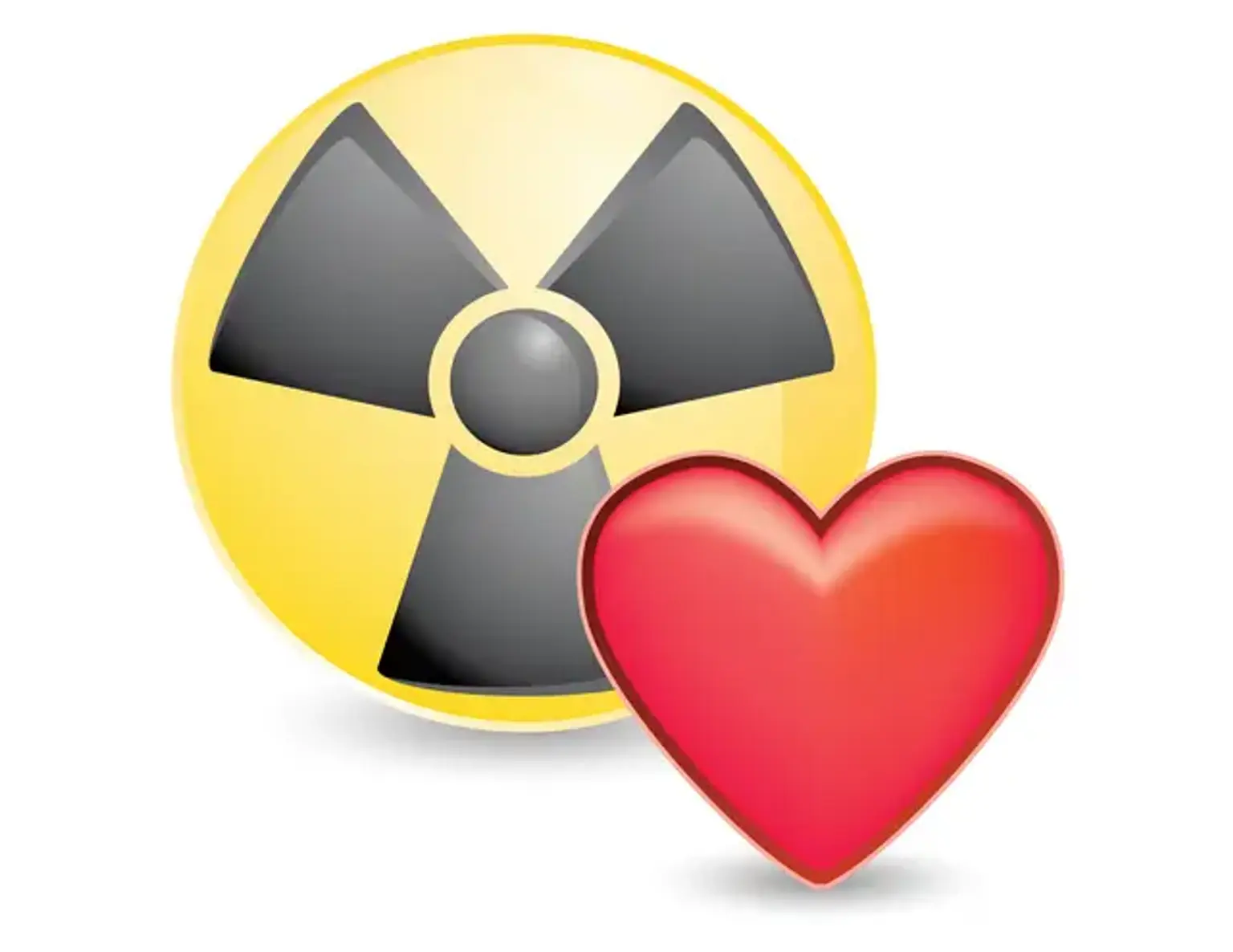Nuclear Cardiology
Overview
In the Western world, heart disease is the leading cause of mortality. More than 500,000 men and women die in the United States each year as a result of coronary artery disease. Over the last two decades, significant advances have been achieved in the detection and treatment of cardiac disease. Nuclear cardiology has been critical in establishing the diagnosis of heart disease, as well as in assessing disease extent and predicting outcomes in the setting of coronary artery disease.
Nuclear cardiology studies employ noninvasive techniques to examine myocardial blood flow, assess the heart's pumping function, and visualize the magnitude and location of a heart attack. Myocardial perfusion imaging is the most often utilized nuclear cardiology technology.
